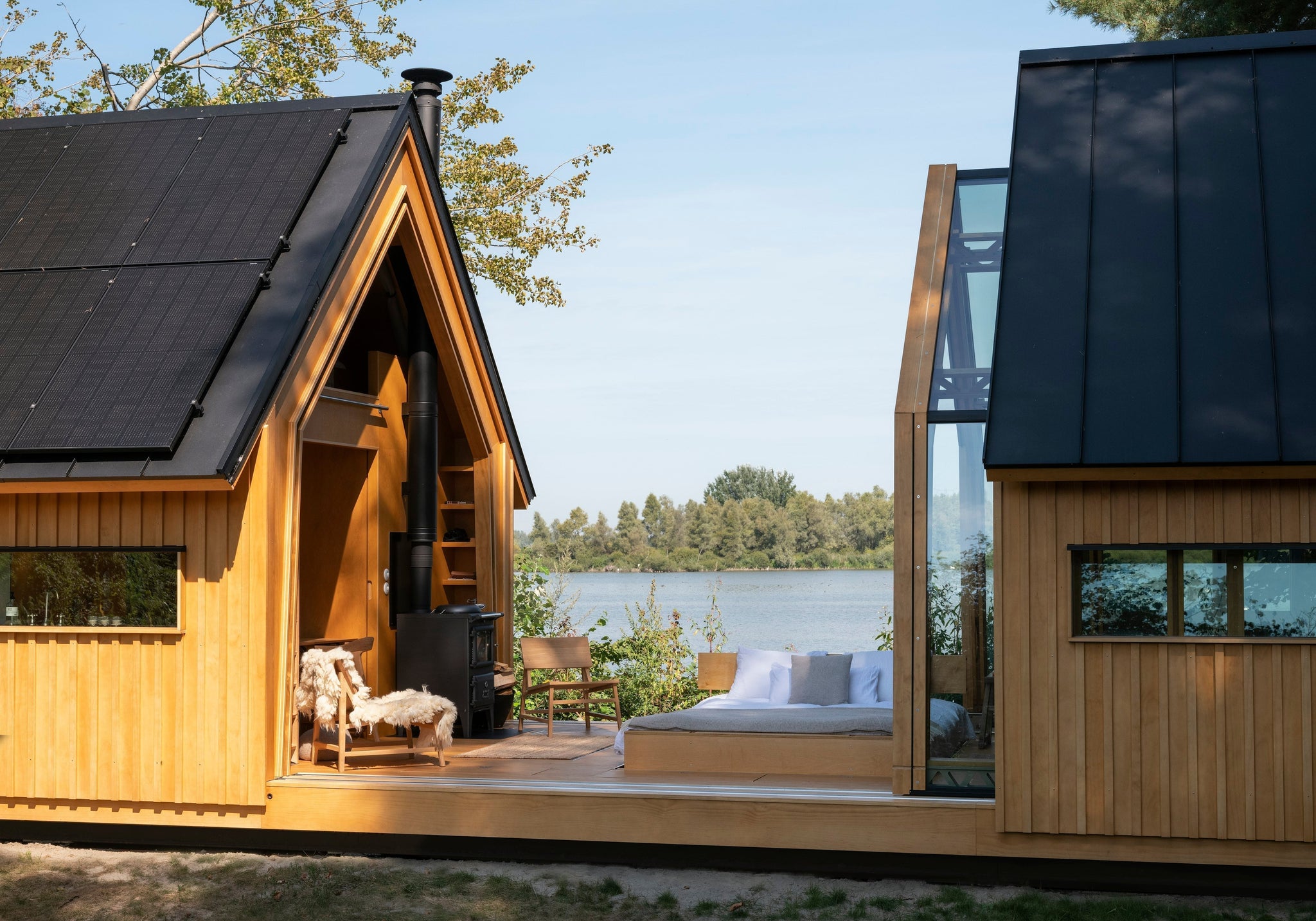
12/2018 architecture & interior visual culture
There's not a city in the world in which a Freddy Mamani building would remain inconspicuous. Inspired by indigenous craft traditions his bright and psychedelic designs are so eccentric they'd sugar coat any street, avenue, or plaza. Sat 3,640 meters above sea level, his Bolivian home city of El Alto, has over 100 of them.

The futuristic shapes and designs of his work could easily belong in a science fiction film. (Photo: Tatewaki Nio / This work was produced with the support of the Musée du quai Branly – Jacques Chirac)
Although the striking facades look a little Las Vegas, a little bit like a futuristic candy factory, or even the headquarters of an intergalactic cult, the trippy zig-zag patterns that form the basis of his trademark iconography come from the Aguayo. This colored carrying cloth is used in traditional communities such as the Aymara, the indigenous group of which Mamani is part. And it's this modern expression of his culture that has helped define his unique style.

Mamani’s architecture takes color inspiration from indigenous Aymaran textiles and ceramics. (Photo: Tatewaki Nio / This work was produced with the support of the Musée du quai Branly – Jacques Chirac)
Aside from Gaudí, in Barcelona, it's very rare that one single architect gets a chance to transform the aesthetic of an entire city but in less than 20 years Mamani and his kaleidoscopic buildings have done just that.
Mamani’s architecture is a visual expression of a historic moment for the Aymara people. It's a celebration and homage to the birth of a new Aymara bourgeoisie
Combined with the election of Aymara president Evo Morales and the passing of a new constitution in 2009 that gave Bolivia’s 36 recognized indigenous communities comprehensive rights, Mamani’s architecture is a visual expression of a historic moment for the Aymara people. It's a celebration and homage to the birth of a new Aymara bourgeoisie, all at the hands of a former bricklayer's assistant.

Freddy Mamani's work is both bold and brilliant. (Photo: Tatewaki Nio / This work was produced with the support of the Musée du quai Branly – Jacques Chirac)
Largely self-taught, Mamani's elaborate geometric motif is a refreshing take on modern architecture, albeit one rejected by a range of established Bolivian architects who turned up their noses at his lack of a diploma. In response, Mamani decided to go back to school, recently receiving his qualification to make things official.
Much to his critic's dismay, Freddy Mamani has established a distinctive New Andean architectural style which will inspire future generations for years to come.











